
From 0 to 60 in 20 short years
Can you imagine life without the internet? I can’t. But 20 years ago most of us (except for you geeks out there) were perfectly fine without it. That was 1994.
A few years later we couldn’t imagine doing business without email and the world wide web. And a few years after that, we couldn’t imagine not having broadband internet in our homes.
What made the internet so critical to our lives?
I sat down with my friend Antonio Rodriguez, a serial tech entrepreneur originally from Monterrey, Mexico (he founded Mexico’s first internet portal as CTO of Mexico’s Reforma newspaper) who now calls Austin home.
We talked about the coming age of the Internet of Things, but to understand where we are now, he had to give me a quick economics and history lesson on the internet. The rapidly falling cost of modems and internet access coincided with tremendous advances in technology to make the internet ubiquitous. It quickly became an essential part of our lives.
Well, we’re at that point again.
The Internet of Things is about to explode
Pretty soon, says Rodriguez, we’ll be living in fully automated homes made possible by internet connected appliances, doors, windows, garages and little devices everywhere, all controllable by apps on our smartphones.
Rodriguez pointed out Austin company WigWag, which has already gotten in on the act. Combining low-energy internet protocols, motion and temperature sensors, and smartphone apps, here are a few things they say you can do with their smart device:
- Your house lights will turn on automatically when you walk in the house, and turn off when you walk out.
- If you’re about to walk into a sprinkler watering the sidewalk, the sprinkler will temporarily turn off.
- You’ll be alerted when the (snail) mail gets delivered.
- When you walk up a dark staircase or down a dark hallway, your path will light up automagically.
WigWag’s device is not a ready-to-go appliance, it’s the building block for a build-your-own approach – great for geeks and hobbyists but not entirely practical for your average consumer.
But that was last year. Rodriguez told me that 2014 is the year the internet of things will really take off.
Why now?
4 Reasons the Internet of Things will explode this year
Rodriguez is a developer, an engineer, and a tinkerer at heart. He’s a huge fan of the Maker Movement, and he’s fully immersed in 3D printing and the low-cost technologies that are making this possible. Here’s what he told me:
1. Energy consumption for internet connectivity for devices has gone way down
In 2013 Bluetooth Low Energy (LE), or Bluetooth 4.0, was introduced into the market. If you have an iPhone 4, you probably have it. Battery life for those little miniature batteries that power this new Bluetooth technology can be extended to a year or more. A huge improvement over previous generations of Bluetooth.
How is this possible? These devices remain dormant until a sensor turns them on just long enough to send a signal, and then they immediately go back into sleep mode. They only use energy during those little nanoseconds when they’re needed.
2. The price of technology has gone way down, just like modems in the 90s
The little chips and sensors used to manufacture these new devices are now down into single digit territory, meaning aspiring entrepreneurs can manufacture their products affordably, offer them at consumer price points, and still make a decent profit.
3. The Maker Movement has exploded
3D printing and the falling cost of sensors, chips and other critical components for the internet of things have made sophisticated high tech items accessible to everyone. Well, accessible to geeks that is. For example, Austin already has it’s own Maker gathering point, the ATX Hackerspace, with 8,000 square feet of space for “artists, designers, engineers, makers and hackers…” It’s equipped with soldering and welding equipment, 120V, 240V and 3-phase power. Essentially, it’s a geek’s wet dream come true.
4. Crowdfunding has become mainstream
Most would-be “Internet of Things” entrepreneurs are going straight to their market through Kickstarter campaigns. Check out these cool projects:
- The Ring, a gesture controlled, wearable input device
- Bringrr™, a tracking and reminder device to help you track what you’ve lost or remind you to not forget things you need
No waiting for VC funding, or even angel funding. Go straight to the market, prove your concept with real customers, and deliver. That’s market validation!
Rodriguez is planning a really cool Austin-based internet connected device too, but I can’t reveal it here – not yet. He’d have to kill me.
As we finished our conversation, Rodriguez told me it’s only a matter of time when our homes and workplaces will be completely automated by little web-connected devices. We won’t be able to imagine life without our connected spaces. 2014 is the year it starts to happen on scale.
Fernando Labastida has been writing content in both Spanish and English for the last seven years, starting with his first Spanish-language effort, LatinITMarketing.com. He is the founder and CEO of Content Propulsion, a content marketing agency whose mission is to help Latin American companies enter the U.S. market, U.S. companies enter the Latin American market, and Austin companies conquer the world, with a content marketing approach.

































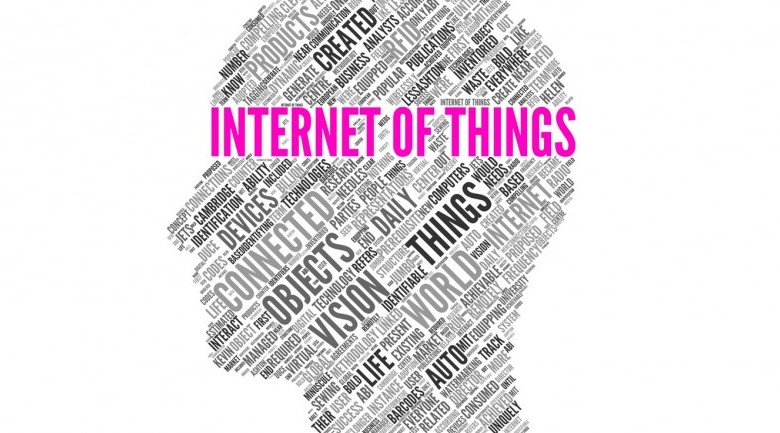



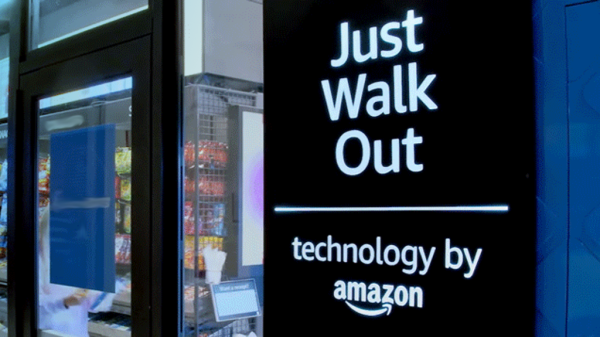
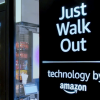

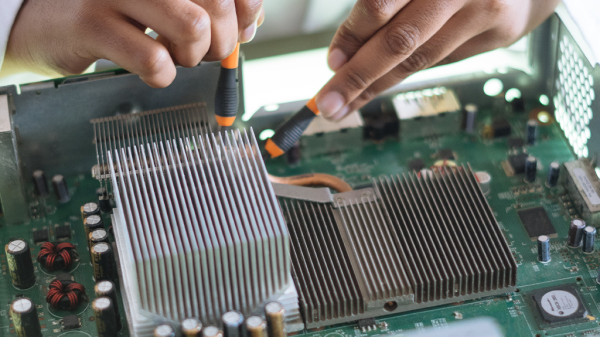
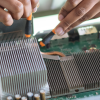
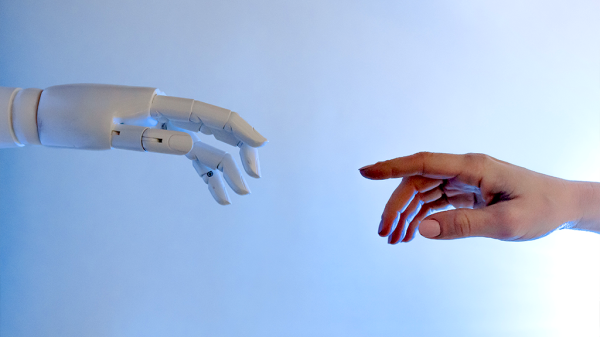

Gabe Sanders
March 29, 2014 at 12:22 pm
OK, call me old and maybe not completely in touch with the Internet generation, though I think I’m somewhat tech savvy. But, the thought of everything being connected to the web scares me. The possibilities of third party attacks and intrusions is the problem.
Pingback: How to Live Healthier? Monitor Your Sleep via #IoT | iTelNews
Pingback: EarlySense & SAP HANA Cloud Platform Can Improve Your Sleep - SAP HANA
Pingback: A fun, brief overview of the History of the Internet - The American Genius